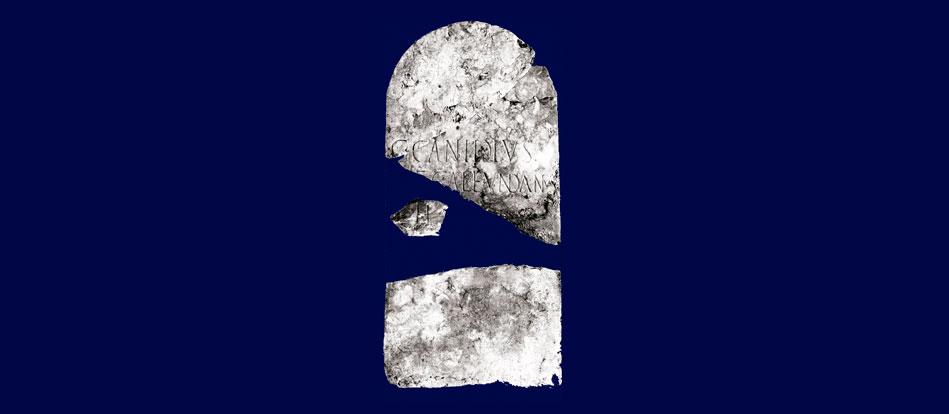Library of Antiquity Tips and Tricks for using Perseus in Upper-Level Language Course
In my last post I covered tips and tricks for getting through upper-level Greek and Latin courses. In today’s post, I will talk about the best ways to use texts from the Perseus Project in your courses (as a reminder, Perseus was covered in detail here, here, here, and here). Perseus can be a great tool to help you get through your texts, but here are a few caveats before you dive right in and click on words willy-nilly.
I should say first off that there are some instructors who strongly urge against using Perseus’ parsing and dictionary tools, and some even consider it cheating. I think that most instructors would agree that relying too much on Perseus to do the work for you can harm your language skills. These words of caution aside, Perseus itself is a great tool. With your instructor’s permission (of course), you can use these tricks in your upper-level language courses to help build your knowledge of Greek and Latin, instead of crippling it.Read the rest!The Texts
In a previous post, I mentioned the huge number of texts available on the Perseus Project. Not every text you come across is going to be on the site, but if your text is there it’s easy enough to find the passage assigned in your homework. I should stress again that you should (1) make sure that the text on Perseus matches the text used in your course and (2) follow your course text in the event of discrepancies. Once the text is loaded, all of the words in the passage are hyperlinks. You can tell because they will be underlined when you hover over them. Clicking on any of the links opens the Perseus parsing tool for that word in a new window/tab.
















 Gods & Spirits A - Z
Gods & Spirits A - Z
















